File Overview:
The Incident and Injuries Dashboard V1.1 is a comprehensive data file that serves as a central resource for recording and analyzing workplace incidents and injuries. The file is designed to help organizations, especially in industrial and construction environments, keep track of safety performance by logging various types of injuries and incidents occurring on-site.
Dashboard Purpose:
The primary goal of this dashboard is to provide an intuitive and organized method for:
- Monitoring workplace safety: By maintaining up-to-date records of incidents, the dashboard helps in assessing the current safety climate within the organization.
- Identifying recurring safety issues: Trends in the data can signal where additional training, resources, or changes in protocol are needed.
- Supporting health and safety compliance: The dashboard serves as a useful tool for compliance reporting, ensuring that organizations meet regulatory safety standards.
- Enhancing safety management practices: It enables managers and safety officers to make data-backed decisions for improving workplace safety protocols and reducing risks.
Structure:
The data is laid out in a simple tabular format, allowing easy reading and manipulation of data. The use of categories and case counts enables clear comparison and analysis. Managers can quickly access the types of injuries that are most common, prioritize areas of improvement, and track changes over time.
Key Features:
- Comprehensive Coverage: Covers a wide range of injury types relevant to various work environments.
- Easy Reporting: Allows managers to report and log incidents efficiently, with straightforward data entry fields.
- Customizable for Future Use: The dashboard can be easily modified or extended to add more categories, integrate additional safety metrics, or introduce further analysis.
Practical Use Cases:
- Safety Audits: The file is ideal for preparing for internal and external safety audits by providing clear records of incidents and injuries.
- Accident Prevention Strategies: The data can inform management decisions on implementing accident prevention strategies, safety training, and resource allocation.
- Regulatory Compliance: Ensures organizations have the necessary data to meet regulatory requirements regarding workplace safety and reporting.


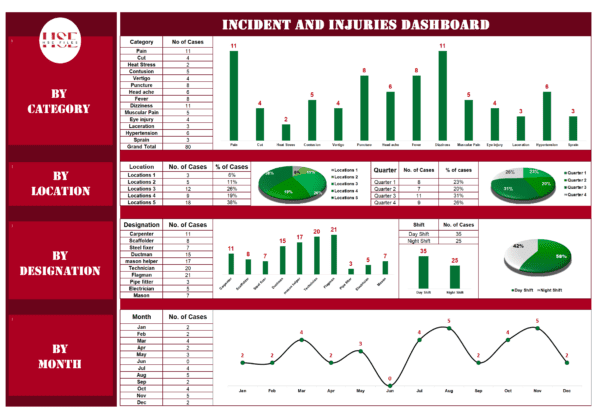
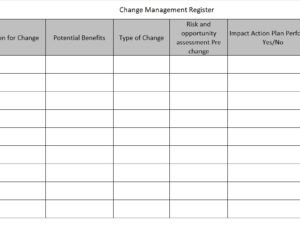
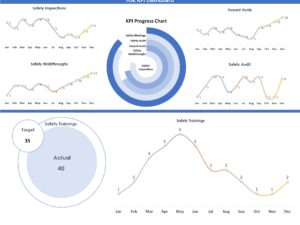
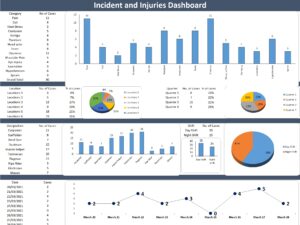

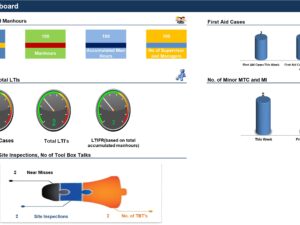
Reviews
There are no reviews yet.